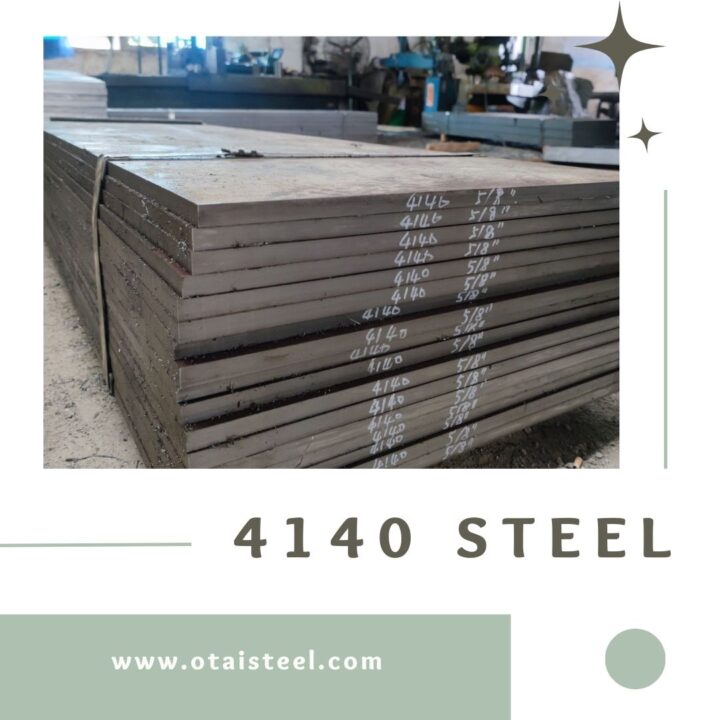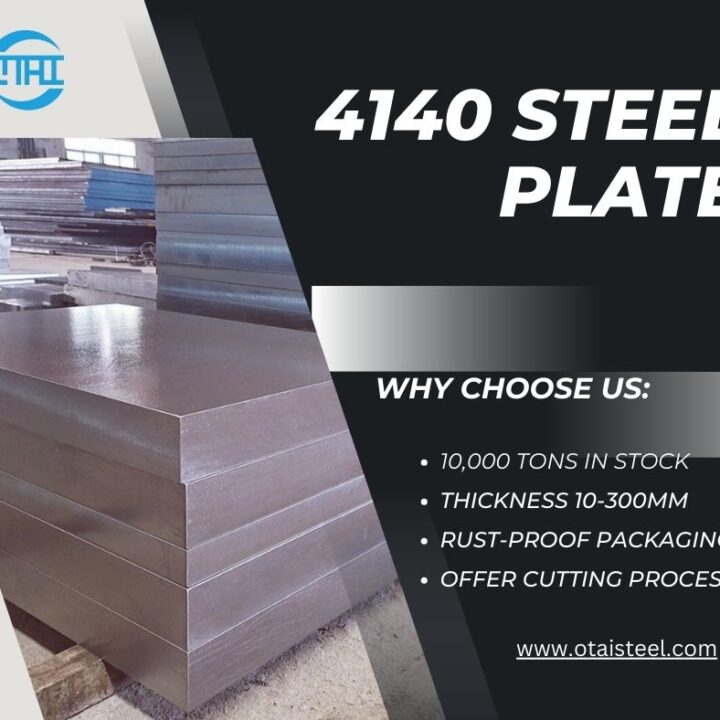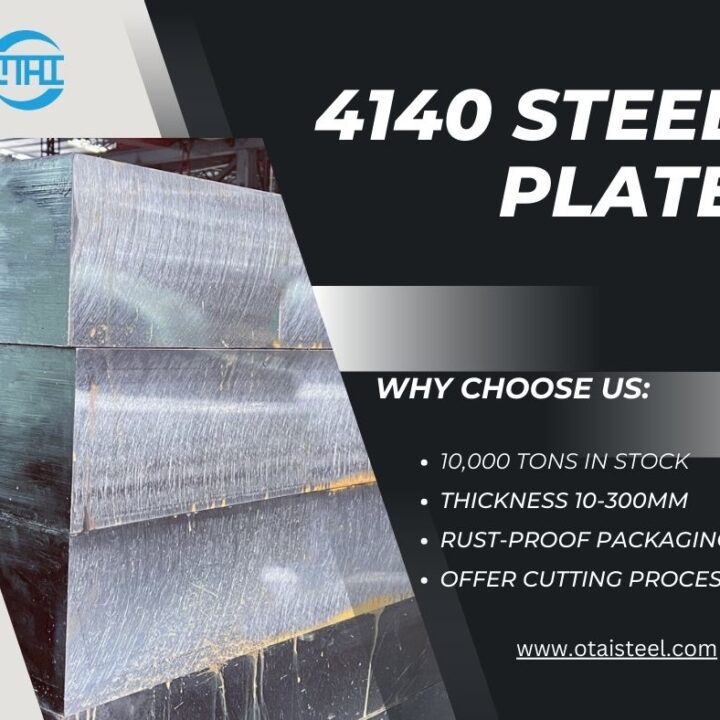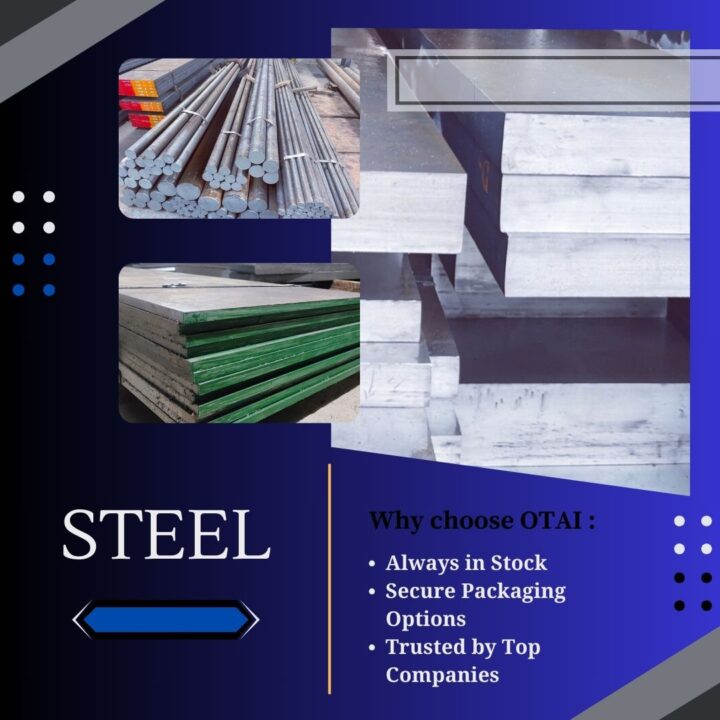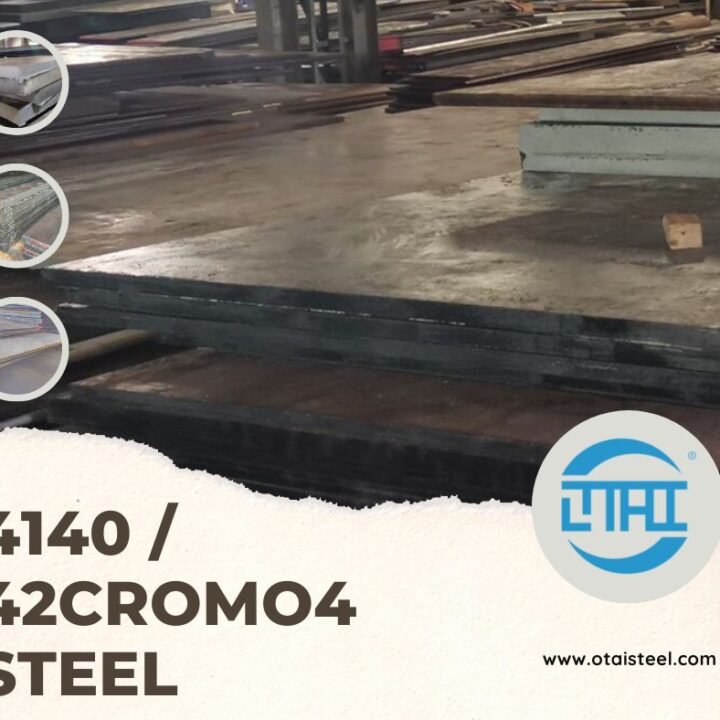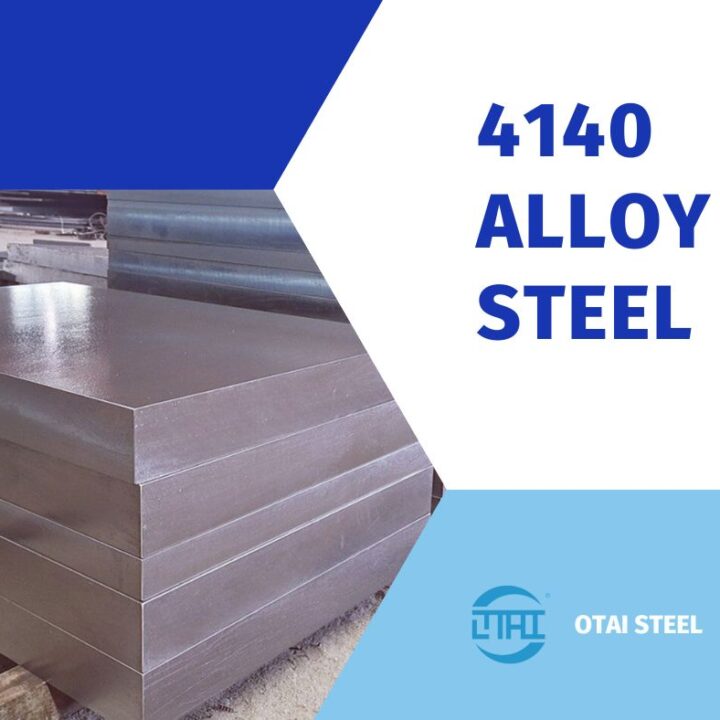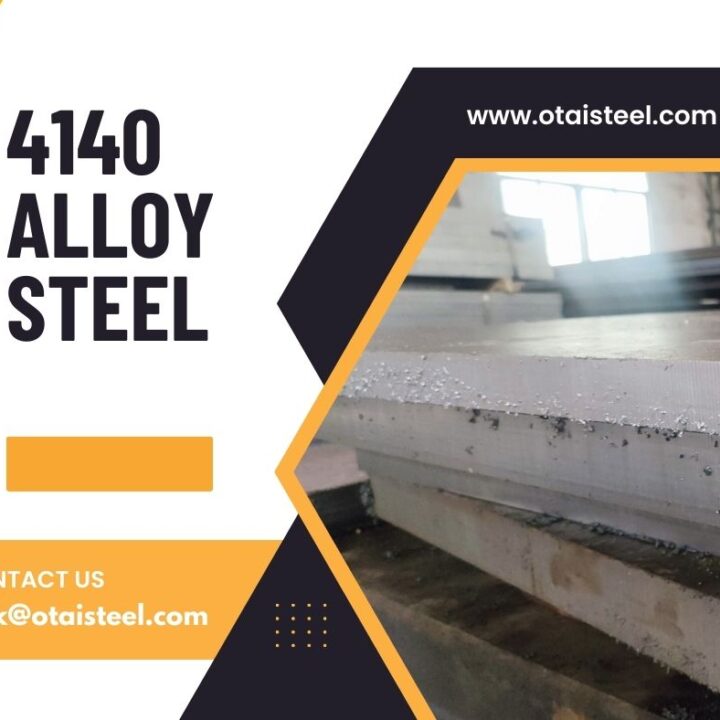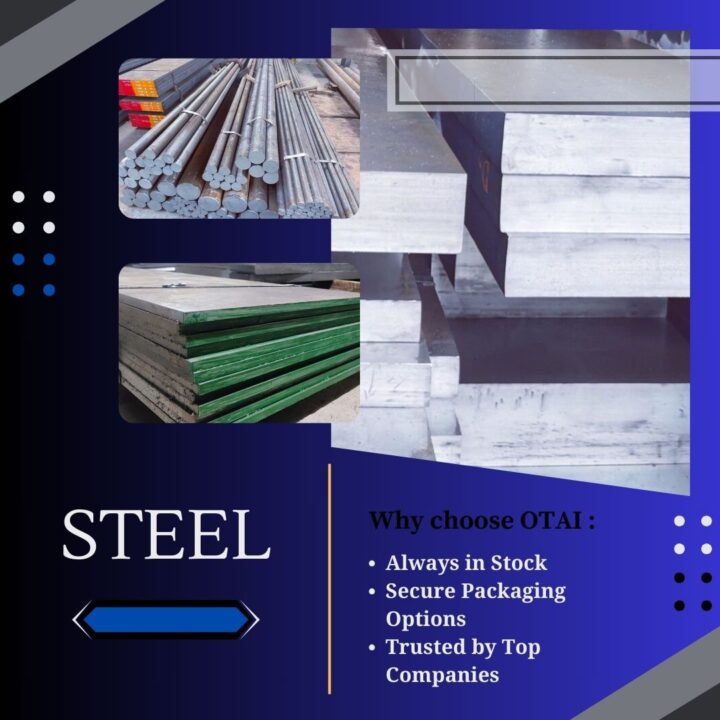High Speed Steel –M2 with good quality and high hardness
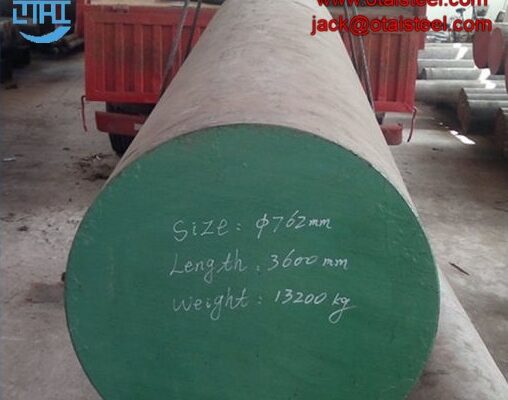
High temperature mechanical properties of M2 high speed steel
M2 high-speed tool steel was born in 1937. Due to its excellent performance and reasonable price, it is still the most widely used high-speed steel variety. It is often used in the processing of aerospace superalloys, ultra-high-strength steels and stainless steels. A large number of scientific research and production workers are still optimizing their production processes and improving quality performance. This work uses thermal simulation methods to conduct high temperature tensile tests, study the high temperature mechanical properties of M2 high speed steel, and provide a meaningful reference for related M2 steel production.
The raw materials for the test are taken from industrially produced M2 steel round rods (diameter Φ12mm). The chemical composition of the test steel is shown in Table 1 (mass fraction). The raw materials are processed into Φ10mm × 120mm high-temperature tensile test specimens. After the specimens are heated to the test temperature using a Gleeble-3800 testing machine, high-temperature tensile and mechanical performance tests are performed. The test temperature is 1000 ~ 1250 ℃, and the strain rate is 5 × 10-3 / s. The tensile sample was observed by German Leica MEF4M optical microscope. HitachiS-4300 was used for SEM observation and carbide EDS analysis.
The results showed that:
(1) The zero plastic temperature of M2 high speed steel is 1220 ° C, and the zero strength temperature is 1250 ° C.
(2) The good plasticity region of M2 high-speed steel is in the temperature range of 1150 ~ 950 ° C. Within this range, it enters the high-temperature region where the matrix structure is austenite single-phase region, and dynamically recrystallizes to provide good plasticity properties.
(3) The brittle region of M2 high-speed steel is from 1175 ° C to the melting point Ts. This temperature range results in the melting of low-melting eutectic carbides, which significantly reduces the plasticity and strength of the steel.
(4) There is a low-temperature superplastic zone near 800 ℃ for M2 high-speed steel. This zone is the coexistence zone of α + γ two phases of M2 steel. It is worthwhile to pay more attention to the improvement of carbide breakage and uniformity by performing hot working in this zone. Direction.
